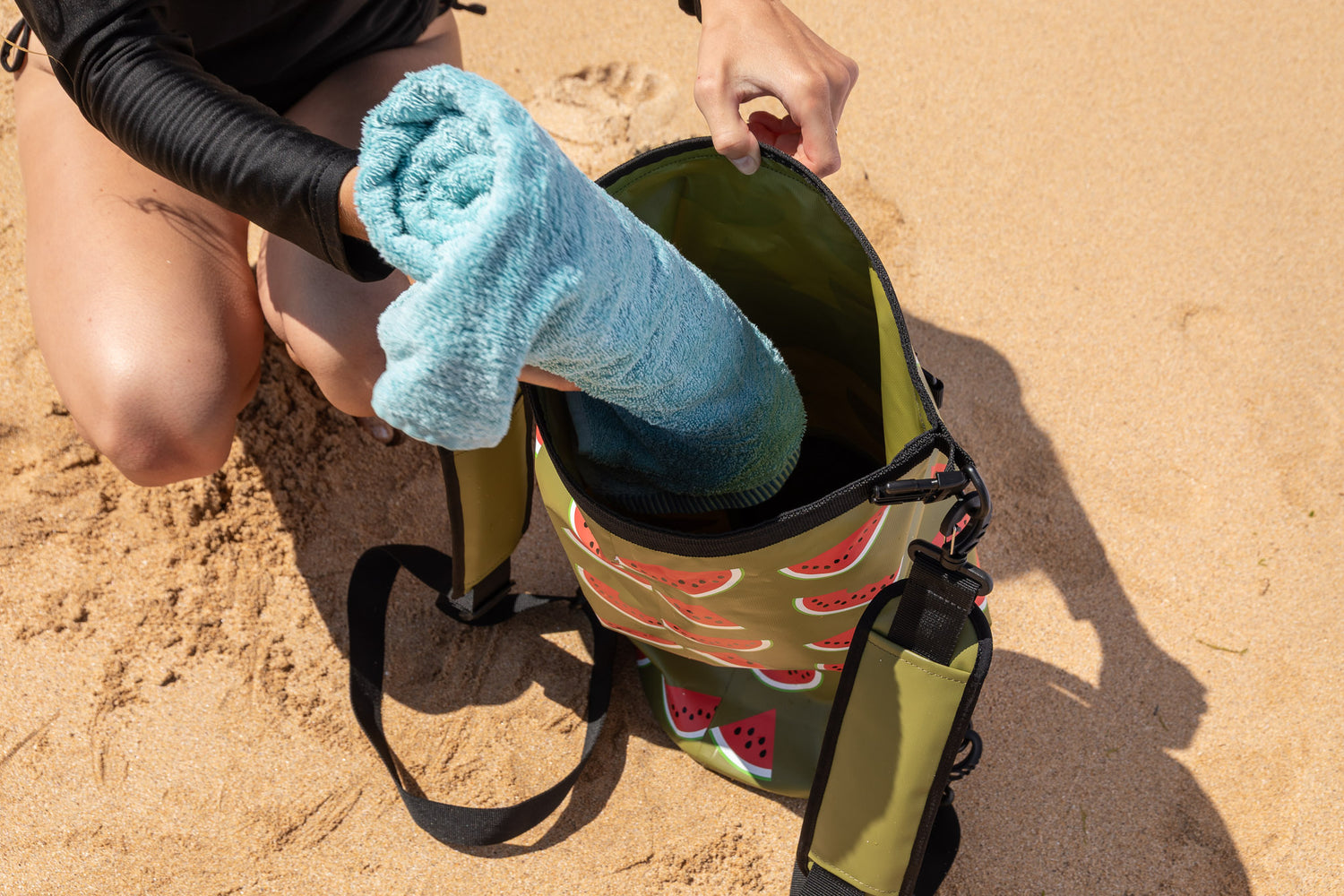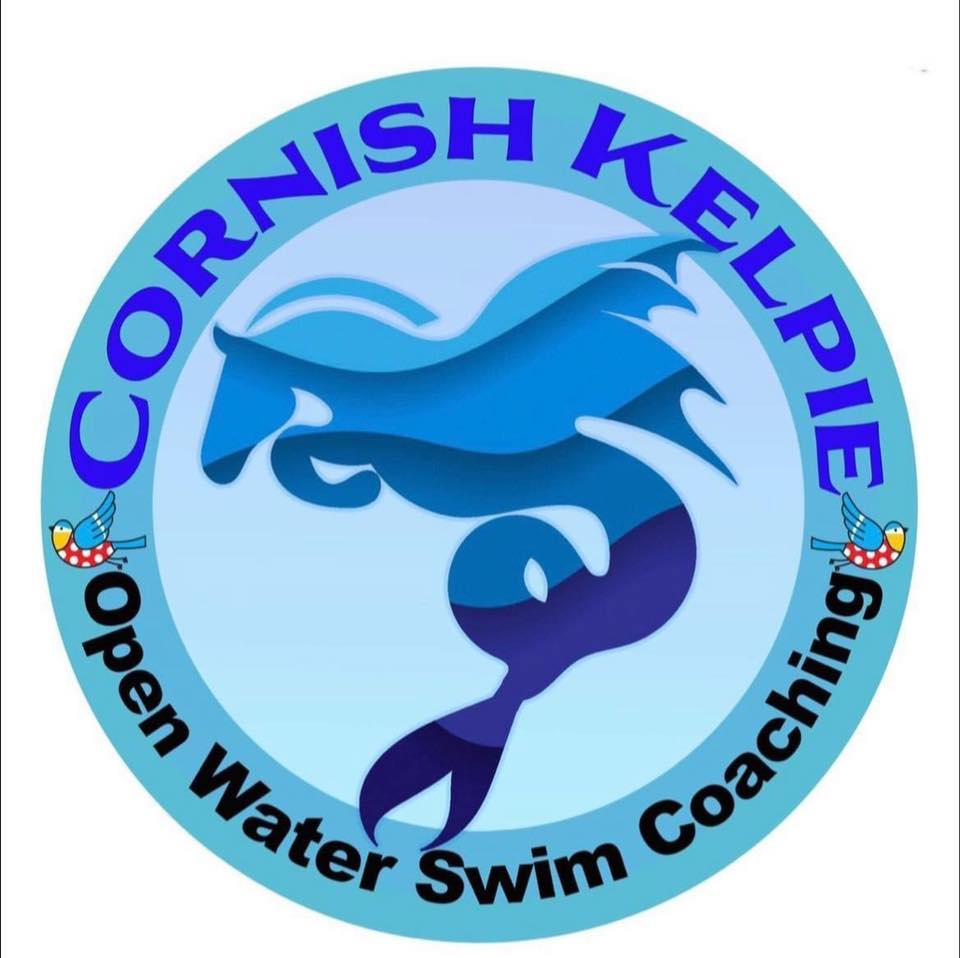
Is Cold Water Swimming Good for You?
I was so intrigued when I saw Wim Hof on the TV, also known as The Iceman. He is a Dutch motivational speaker and extreme athlete noted for his ability to withstand low temperatures. He previously held a Guinness World Record for swimming under ice and prolonged full-body contact with ice, and he holds a record for a barefoot half marathon on ice and snow.
This coincided with the introduction the Bluetits Chill Swimmers Groups throughout the UK starting up. My friend was an avid supporter who raved about the huge metal health benefits of cold-water swimming. I always giggled when she mentioned the Bluetits, such a witty play on words!
So, with all this knowledge in tow, I joined my local Seven Bays Bluetits Group in March 2021 and have never looked back and decided to gain more knowledge.
Taking a dip in cold water can have both mental and physical health benefits.
What are the Benefits of Cold Water Swimming?
Increased Circulation and Improved Heart Health
Cold water swimming can give your heart a good workout as it must work extra hard to keep you warm.
Aids Weight Loss
Cold water swimming may help with weight loss as the body burns more calories to stay warm. Recent research suggests that cold water may help burn body fat. Learn more on how to burn brown fat from the Wim Hof method, which our ancestors used to keep them warm in extreme conditions.
Enhanced immune system
There is some evidence to suggest that cold water swimming can boost the immune system. Cold water swimming has been shown to boost the number of white blood cells in the blood, which are part of the immune system that helps the body fight infection.
Reduced inflammation
Swimming in cold water may help reduce inflammation in the body. As soon as you emerge from the cold water, those same blood vessels expand (known as vasodilation). When that happens, the oxygen- and nutrient-rich blood gets pumped back to your tissues, helping remove waste products, such as lactic acid, and lower inflammation.
Reduced stress and anxiety
Cold water swimming has been reported to reduce stress and anxiety levels. Cold water immersion is a practice that can increase levels of dopamine, a neurotransmitter involved in pleasure and motivation. Dopamine levels can increase by 250% after swimming in cold water for an hour. Cold water immersion can also boost other mood-enhancing chemicals, such as serotonin and beta-endorphins. The mood benefits are likely because cold water activates the body’s “fight or flight” response, which provides a natural high. Cold water immersion can have lasting effects on mood and wellbeing.
Connection with Nature
Cold water swimming gives you a wonderful connection with nature, and if your join your local swim group, this will also give you some adventurous and like-minded new friends for life. I call it my Ocean Therapy.
Is Cold Water Swimming Dangerous?
Cold water swimming can be dangerous if proper precautions are not taken. The risks associated with cold water swimming include cold shock, hypothermia, and cramps. Cold shock is the body’s initial response to sudden immersion in cold water. It can cause a gasp reflex, rapid breathing, and a feeling of panic. If you are under the water or a wave comes over your head when this gasp reflex takes place, you may inhale some water, which can cause serious problems with your breathing. After the initial gasp of cold shock comes a period of hyperventilation that you can’t control. Breathing is rapid, and you can’t control it, which can lead to a feeling of panic. New swimmers also tend to go upright in the water, in this position we are less buoyant, and then panic and can really set in, increasing the chances of drowning. Getting in gradually and staying in depth until the cold-water shock response has passed and breathing is under control is safer.
Hypothermia is another risk associated with cold water swimming. It occurs when the body loses heat faster than it can produce heat, causing a dangerously low body temperature. Symptoms of hypothermia include shivering, confusion, slurred speech, and loss of coordination.
Cramps can also occur when swimming in cold water. Cold water causes blood vessels to constrict, which can lead to cramps and muscle spasms.
Cold water Swimming Tips & Safety
Cold water swimming can be a fun and invigorating activity, but it’s important to take the necessary precautions to ensure your safety. Here are some tips to help you stay safe while cold water swimming:
1. Gradual acclimatisation
Gradually expose yourself to cold water over time to help your body adjust to the temperature.
2. Know the water conditions
Before you swim, check the water temperature, currents, and weather conditions. Avoid swimming in areas with strong currents or undertows.
3. Buddy system
Always swim with a buddy, even if you’re an experienced swimmer. This is especially important when swimming in cold water.
4. Control your breathing
Take slow, deep breaths before entering the water to help calm your nerves and regulate your breathing.
5. Stay hydrated
Drink plenty of fluids before and after your swim to stay hydrated.
6. Know your limits
Don’t push yourself too hard. Know your limits and listen to your body.
7. Inform others
Let someone know where you’re going and when you plan to return. This is especially important if you’re swimming alone.
8. Stay close to shore
Swim parallel to the shore and stay within your depth. This will help you stay safe and conserve energy.
Remember that cold water swimming comes with some level of risk, so it’s important to take all necessary precautions before diving in. If you’re new to cold water swimming, consider attending a NOWCA affiliated venue or an STA qualified open water swimming coach for guidance and support.

Cornish Kelpie
I would love to introduce here our local fully qualified Open Water Swimming Coach STA Level 2 and this is the fabulous Cornish Kelpie Open Water Swim Coaching.
Cornish Kelpie’s adventures are pretty special, and their trips are individually planned according to tides and conditions and are fully risk assessed.
The trips are great fun however safety is paramount, which is discussed in and out of the water.
Cold Water Swimming Gear Checklist
When going cold swimming, it is important to wear appropriate clothing that will keep you warm and comfortable. Here are some tips on what to wear:
1. Swimming hat: wear a swimming hat or two to help preserve body heat.
2. Wetsuit (optional): a wetsuit can help keep the cold at bay and is a popular choice for cold water swimmers.
3. Gloves and booties: neoprene gloves and booties can provide extra warmth and protection for your hands and feet. Plus, booties are great for protecting feet from fish buried in the sand or pebbles, or sharp objects you may accidentally step on.
4. Waterproof phone case with phone: for emergencies, put this in your tow float. And when you are in safe, shallow water you can take photos and videos to capture precious memories.
5. Tow float: great for safety device although you should not rely on this. It’s good for taking a rest, lifting you up and over the waves or just surfing them!
6. Tracksuit bottoms: Tracksuit bottoms are a much safer, warmer, and more comfortable option than jeans or trousers. They are also much quicker and easier to put on.
7. Changing robe: A waterproof changing robe is not a necessity but is a good idea to help you get dry and keep you warm and dry after your swim. You can get changed underneath it too so less risk of flashing your bits to all and sundry.
8. Flip flops or Crocs: for warm conditions or warm boots for cold conditions
Woolly gloves: for cold conditions.
Remember, it’s always better to be over-prepared than under-prepared when it comes to cold water swimming. Stay safe and have fun!
Cold Water Swimming Accessories Checklist
Towel
Compact and quick dry is the best for storage, which allows you to easily fold up and fit into your dry bag. Dock & Bay's have a wide selection of quick dry towels.
Dry Bag
Protect your kit from sand and wet conditions. It’s great to put your wet kit in after your swim and then easy to clean when you get home. See Salty Kit's wide selection of waterproof dry bags for swimming to fit your needs.
Hot water bottle
Hot tip! Put inside your dry bag to keep your changing clothes warm and cozy post swim!
Hot drink
Very comforting post swim and a great way to warm up.
Torch
If you find the night’s drawing in, it may be dark by the time you finished your swim!
Changing mat
Optional, but keeps your feet warm when changing.
Sense of humour
Always!
Pros and Cons of Swimming in Cold Water Conclusion
Scientific research says the health benefits are inconclusive. I can only vouch from my own experience to say that this has personally been a life changer for me and have met some great like-minded new friends and has aided my social circle. But it’s not for everyone, you may have a health condition that inhibits your enjoyment, so everyone needs to self-assess and take responsibility for their own actions. All I know it that its right for me, its my Ocean Therapy. I was lucky to grow up on the North Coast of Cornwall and learnt to swim in the beautiful Trevone natural swimming pool called Tinker Bunny’s. Why grow up I say? getting older is hard so embrace that inner Child. I love it!
